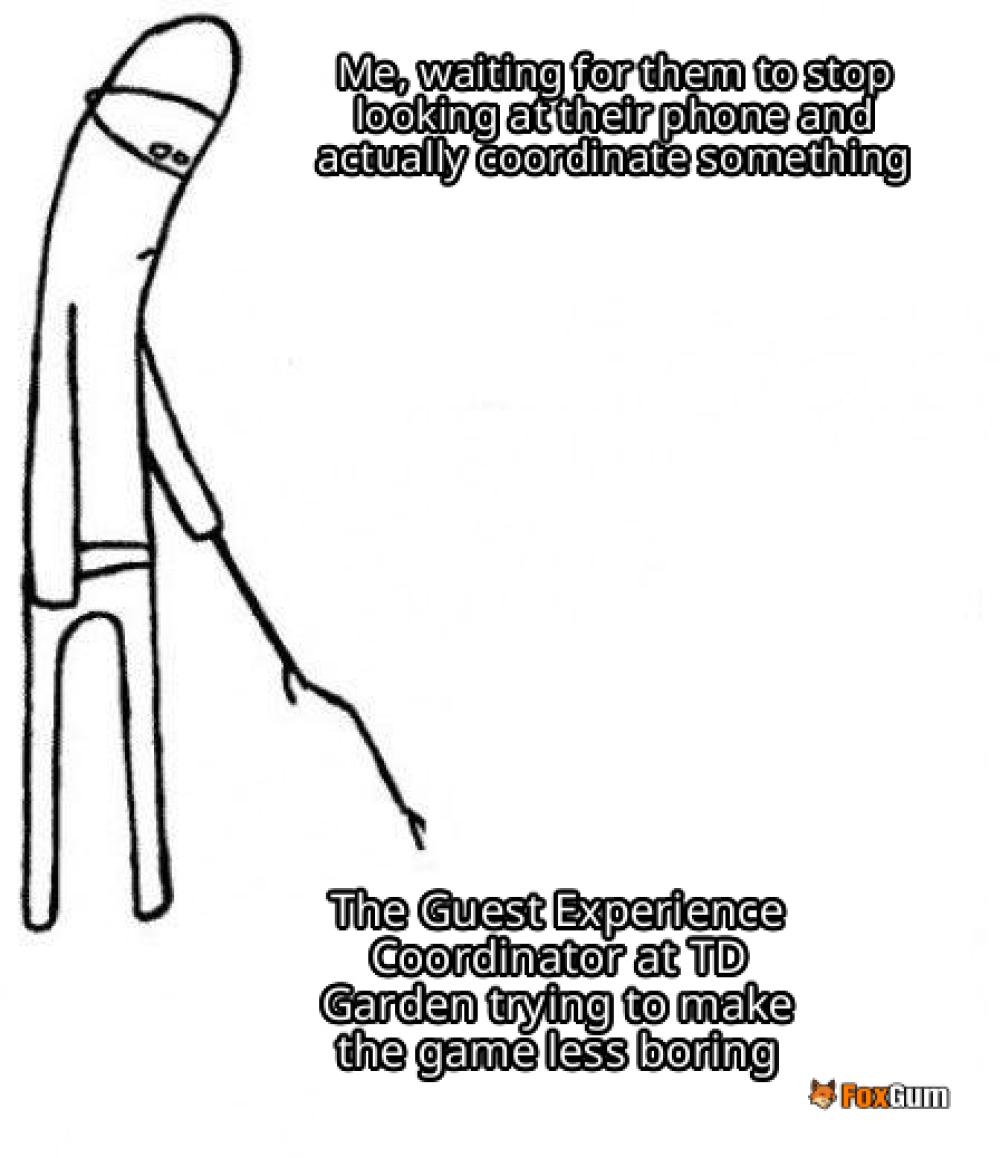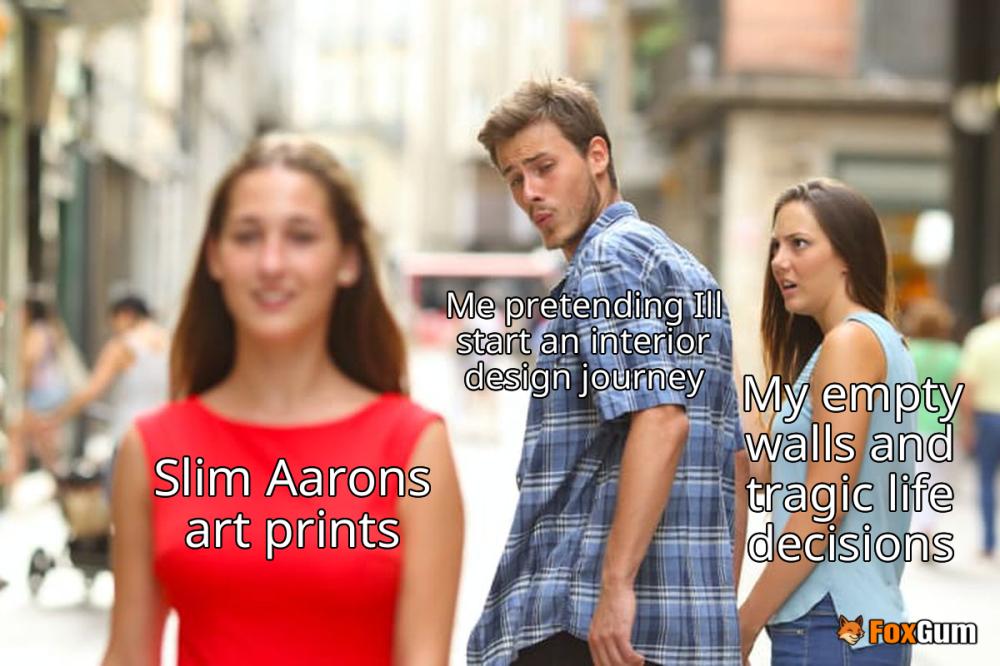
Study Strategies For Visual Learners
Introduction
Understanding the diverse learning styles among students is crucial for effective education. Visual learners, who comprehend and retain information better through visual aids, require tailored strategies to optimize their study sessions. This article outlines practical study strategies specifically designed for visual learners, enhancing their academic performance and engagement.
Understanding Visual Learning
Visual learners are individuals who process information primarily through images, diagrams, charts, and other visual formats. They often find it easier to remember information when it is presented visually rather than verbally. Recognizing this learning style is essential for educators and students alike, as it allows for the development of targeted strategies that can significantly improve learning outcomes.
Effective Study Strategies for Visual Learners
- Utilize Diagrams and Charts
Creating diagrams, flowcharts, and mind maps can help visual learners organize information logically. These tools allow them to see relationships between concepts, making it easier to understand complex subjects.
- Incorporate Color Coding
Using different colors for notes, textbooks, and study materials can enhance memory retention. Color coding can help distinguish between various topics or categories, making it easier for visual learners to locate and recall information.
- Leverage Visual Aids
Visual learners benefit greatly from the use of visual aids such as videos, infographics, and slideshows. Incorporating these resources into study sessions can provide a richer understanding of the material.
- Engage in Interactive Learning
Participating in interactive learning experiences, such as group projects or presentations, allows visual learners to engage with the material actively. This hands-on approach can reinforce their understanding and retention of information.
- Use Flashcards
Flashcards are an effective tool for visual learners. By creating flashcards with images or diagrams on one side and information on the other, students can reinforce their memory through visual association.
- Implement Visual Note-Taking
Encouraging visual note-taking techniques, such as sketching or doodling during lectures, can help visual learners process information more effectively. This method allows them to create a visual representation of the content being discussed.
- Explore Online Resources
Numerous online platforms offer visual learning resources, including educational videos and interactive simulations. Utilizing these resources can provide additional context and enhance understanding of the subject matter.
Conclusion
Visual learners possess unique strengths that can be harnessed through targeted study strategies. By incorporating visual aids, interactive learning experiences, and effective note-taking techniques, these students can enhance their academic performance and foster a deeper understanding of the material. Recognizing and adapting to individual learning styles is essential in creating an inclusive and effective educational environment.




















 Discover Artistic Works by Lu in Leavenworth, KS
Discover Artistic Works by Lu in Leavenworth, KS 
 Health
Health  Fitness
Fitness  Lifestyle
Lifestyle  Tech
Tech  Travel
Travel  Food
Food  Education
Education  Parenting
Parenting  Career & Work
Career & Work  Hobbies
Hobbies  Wellness
Wellness  Beauty
Beauty  Cars
Cars  Art
Art  Science
Science  Culture
Culture  Books
Books  Music
Music  Movies
Movies  Gaming
Gaming  Sports
Sports  Nature
Nature  Home & Garden
Home & Garden  Business & Finance
Business & Finance  Relationships
Relationships  Pets
Pets  Shopping
Shopping  Mindset & Inspiration
Mindset & Inspiration  Environment
Environment  Gadgets
Gadgets  Politics
Politics 